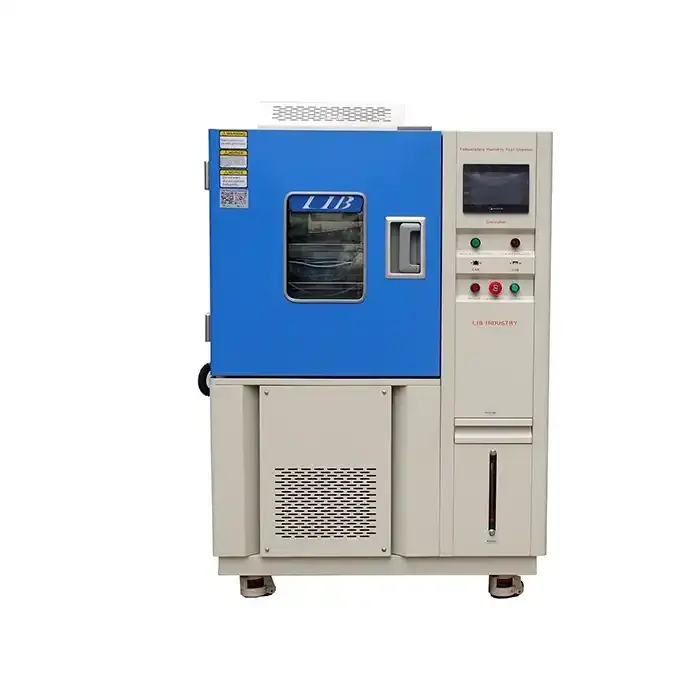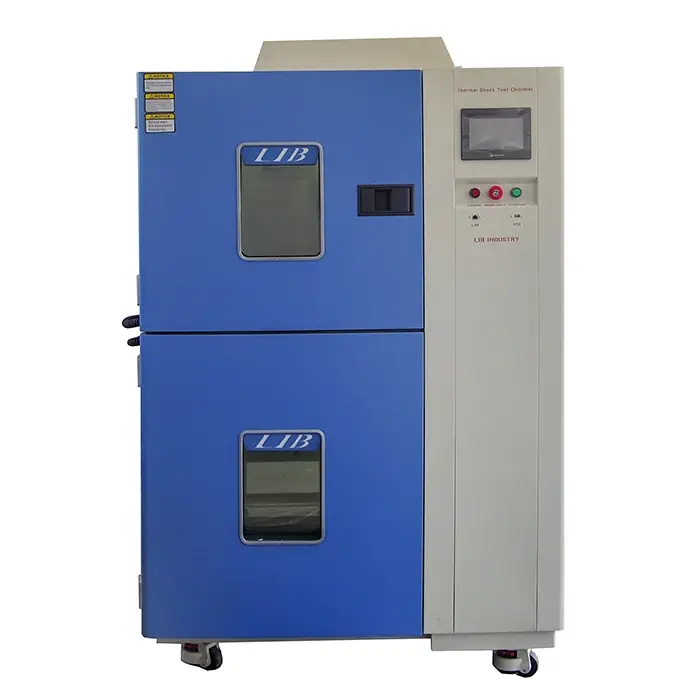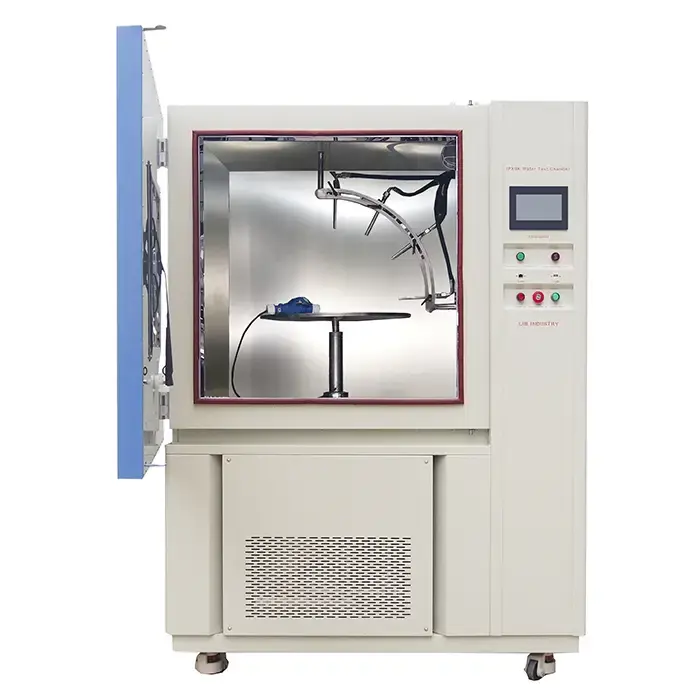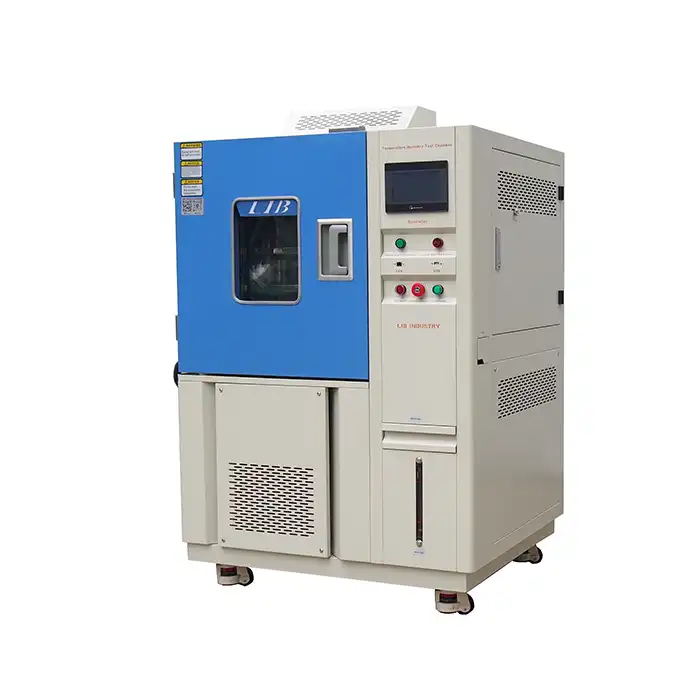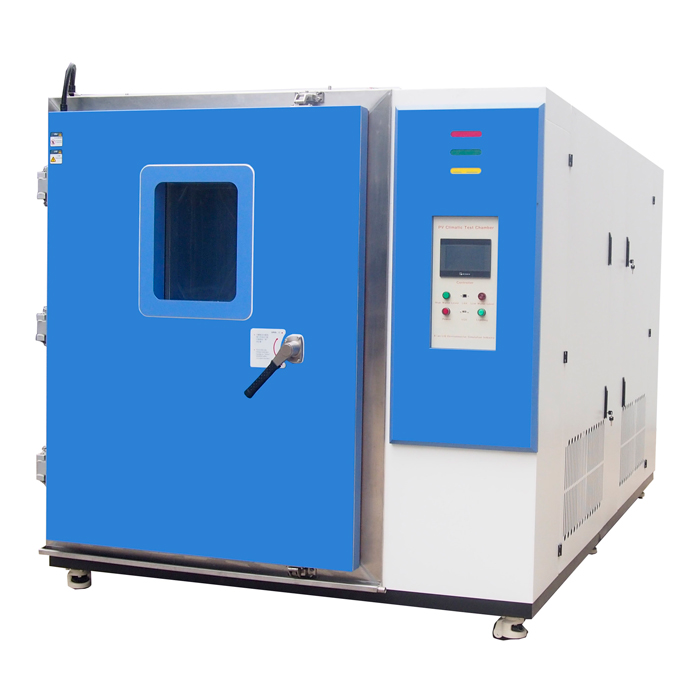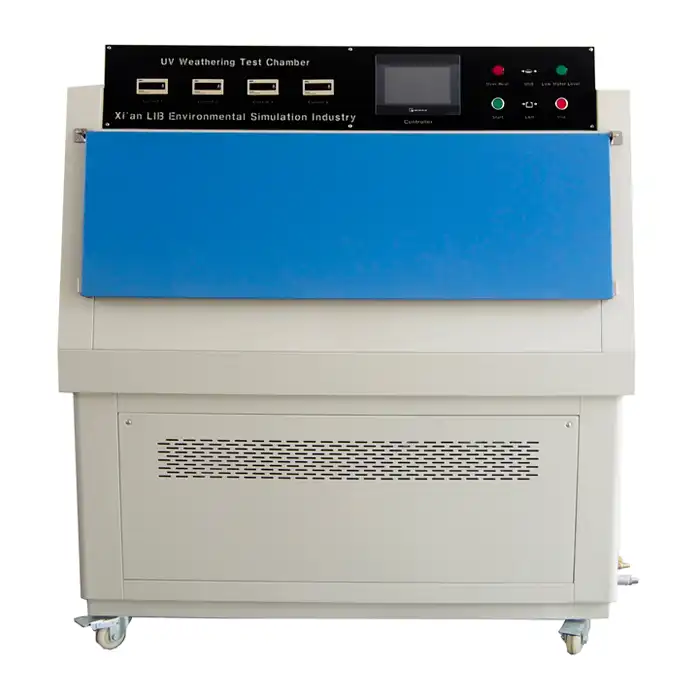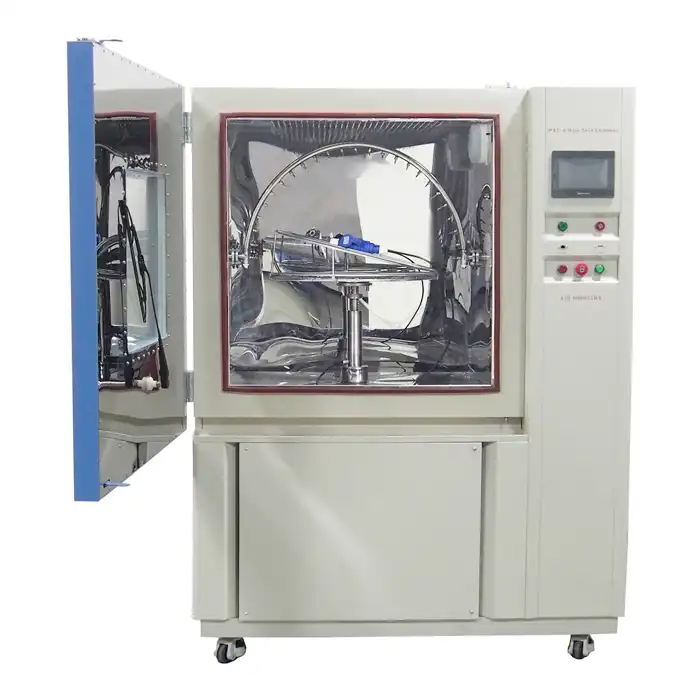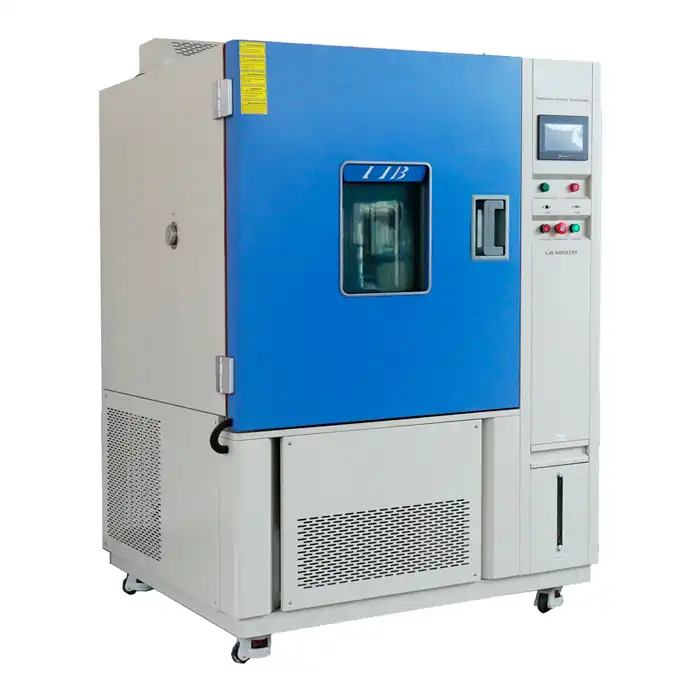From Setup to Results: A Step-by-Step Guide to Operating an ASTM G154 UV Test Machine
Environmental testing is crucial for ensuring the durability and performance of materials exposed to various conditions, such as UV radiation, moisture, and temperature fluctuations. The ASTM G154 UV test machine is widely used to simulate the effects of sunlight and other environmental factors on materials.

Preparing for ASTM G154 UV Testing: Machine Setup & Calibration
Before initiating any test, proper setup and calibration of the ASTM G154 UV test machine are essential. Begin by ensuring that the machine is installed in a stable environment, free from excessive vibrations or temperature changes that could affect the test results. Calibration involves verifying that the UV lamps, temperature sensors, and other components are functioning within the required tolerances. For effective setup:
- Ensure the machine is level and securely anchored.
- Verify that the UV lamps are installed correctly and have the appropriate spectrum (UVA-340 or UVB-313, depending on your specific testing needs).
- Calibrate temperature sensors and irradiance meters to ensure accurate readings during the test.
Proper calibration ensures that the ASTM G154 UV test machine meets the ASTM G154 specifications, allowing for consistent and repeatable test results. Neglecting this critical step could lead to inaccurate data and potential product failures in real-world applications.
Selecting Test Parameters: UV Lamps, Cycle Duration, and Temperature Settings

- UV Lamps: ASTM G154 specifies two primary lamp types: UVA-340 and UVB-313. UVA-340 lamps simulate natural sunlight in the critical short-wave UV region, while UVB-313 lamps accelerate the test by using shorter wavelengths. Choose the lamp type based on the material's expected exposure conditions.
- Cycle Duration: The standard test cycle consists of alternating UV exposure and moisture condensation. Each cycle typically lasts 4 to 8 hours, but you may need to adjust this based on your specific testing requirements.
- Temperature Settings: Temperature plays a significant role in the degradation of materials. The ASTM G154 standard recommends maintaining a black panel temperature between 50°C and 70°C during UV exposure. Ensure you set this temperature range according to your material's properties and test goals.
Loading Test Samples: Best Practices for Placement & Orientation
Proper placement and orientation of test samples are crucial for obtaining uniform and accurate exposure to UV radiation. The ASTM G154 UV test machine is designed to hold samples in a specific configuration to ensure consistent exposure.
- Sample Placement: Place samples equidistant from the UV lamps to ensure uniform exposure across all test specimens. Uneven exposure can lead to inconsistent results, making it difficult to draw meaningful conclusions from your data.
- Sample Orientation: Orient the samples so that their surface is perpendicular to the UV lamps. This ensures maximum exposure to the UV radiation and prevents hotspots or shading, which could skew the test results.
- Minimize Overcrowding: Avoid overcrowding the sample holder. Overloading the test chamber can lead to inconsistent airflow, which may affect the temperature and humidity levels during testing.
Running the UV Test: Monitoring and Controlling the Test Process

- Monitoring UV Intensity: Regularly check the irradiance levels to ensure the UV lamps are providing the correct intensity. Lamps can degrade over time, leading to reduced UV output, which can affect the accuracy of the test.
- Temperature Control: Continuously monitor the black panel temperature and chamber temperature. Any deviations from the set temperature range could result in inaccurate test results or even damage to the samples.
- Moisture Control: If your test cycle includes a moisture condensation phase, ensure the relative humidity levels are within the specified range. This phase is critical for simulating outdoor conditions where materials are exposed to both UV radiation and moisture.
Completing the Test and Analyzing Results: What to Look For
The ASTM G154 UV test machine provides valuable data on how materials respond to prolonged exposure to UV radiation and other environmental factors.
- Visual Inspection: Begin by conducting a visual inspection of the samples. Look for signs of discoloration, cracking, or blistering. These are often the first indicators of material degradation.
- Physical Property Changes: In addition to visual changes, test the physical properties of the material, such as tensile strength, flexibility, or adhesion (for coatings). Changes in these properties can indicate the material's susceptibility to long-term UV exposure.
- Compare with Control Samples: If you've included control samples in your test, compare the exposed samples to the unexposed controls. This comparison helps quantify the extent of the material's degradation.
The insights gained from this analysis will help you determine whether your material meets the necessary performance criteria for its intended application, or if further modifications are needed to improve its durability.
If you're looking for a turnkey solution for your environmental testing needs, LIB Industry offers complete services from design and production to installation and training. To learn more about the ASTM G154 UV test machine or to discuss how we can meet your testing requirements, please contact us at ellen@lib-industry.com.
References
1. "Standard Practice for Operating Fluorescent Light Apparatus for UV Exposure of Nonmetallic Materials," ASTM International, ASTM G154.
2. Y. Zhang, "Effects of UV Exposure on Polymer Degradation," Journal of Polymer Science, 2023.
3. S. Kim, "Accelerated Weathering and Its Impact on Coating Durability," Materials Science Review, 2022.
4. T. Brown, "Comparative Study of UVA vs UVB Lamps for Material Testing," Environmental Testing Journal, 2024.



